 |
| South Africa’s beautiful colourful stone fruit, plums, on the Babylonstoren farm |
I’ve just spent the last week visiting fruit farmers in South Africa. I visited the orchards, the packing houses, the headquarters of their trade organisation (Hortgro), the houses of both farmers and workers, and projects for the workers. The latter included creches, nursery schools, soup kitchens, housing and medical programs. The biggest export market for South African fruit farmers is the UK and Europe, we are the closest Northern Hemisphere market for them. These guys, from the land of the big five (lions, elephants, rhinocerous, buffalo, leopard) talk to our big five supermarkets all the time (Tesco, Morrisons, Waitrose, Asda, Sainsburys). Here is a primer on what I learnt during my trip. Please feel free to comment below.
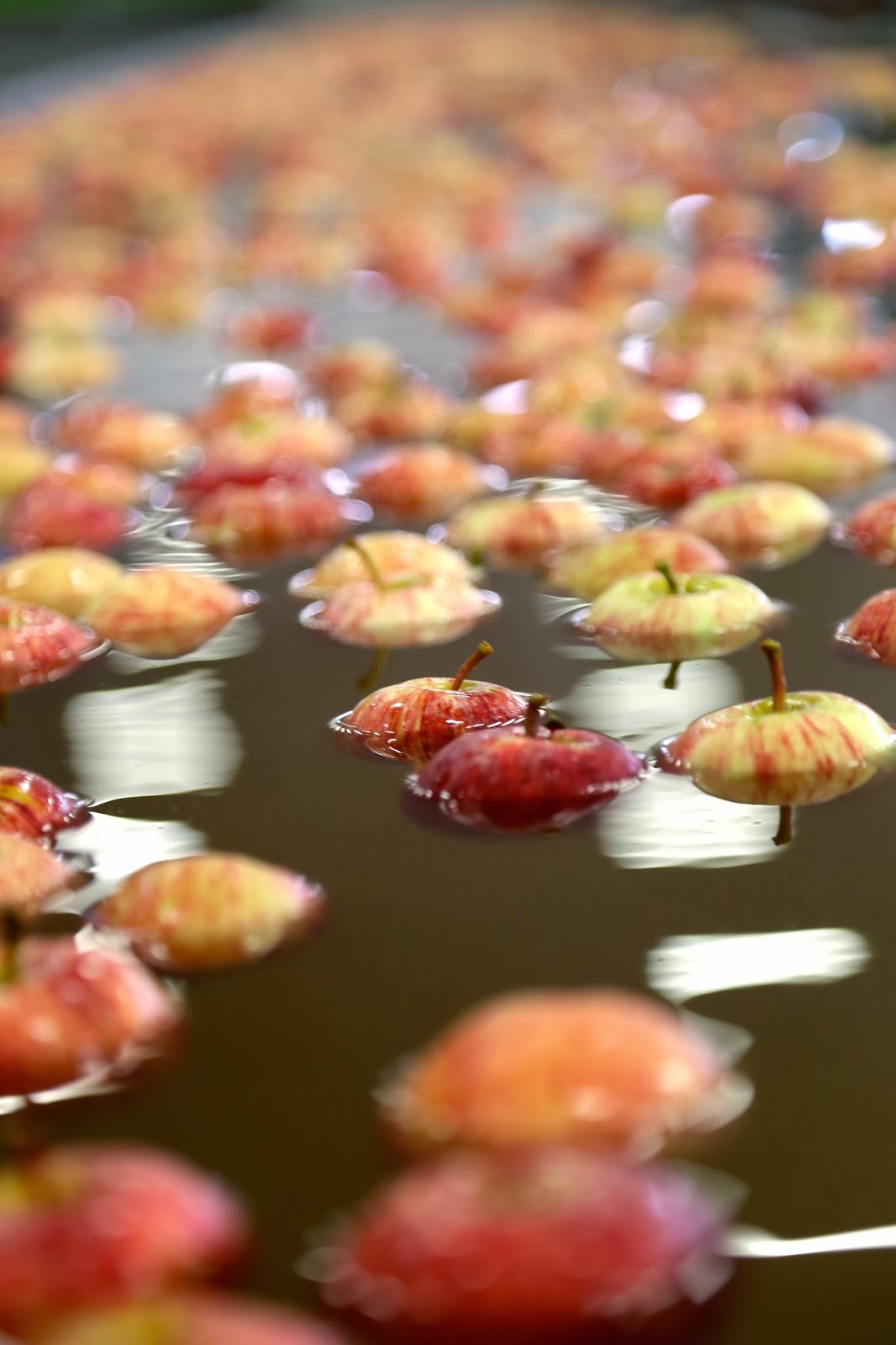 |
| The Pink Lady apple |
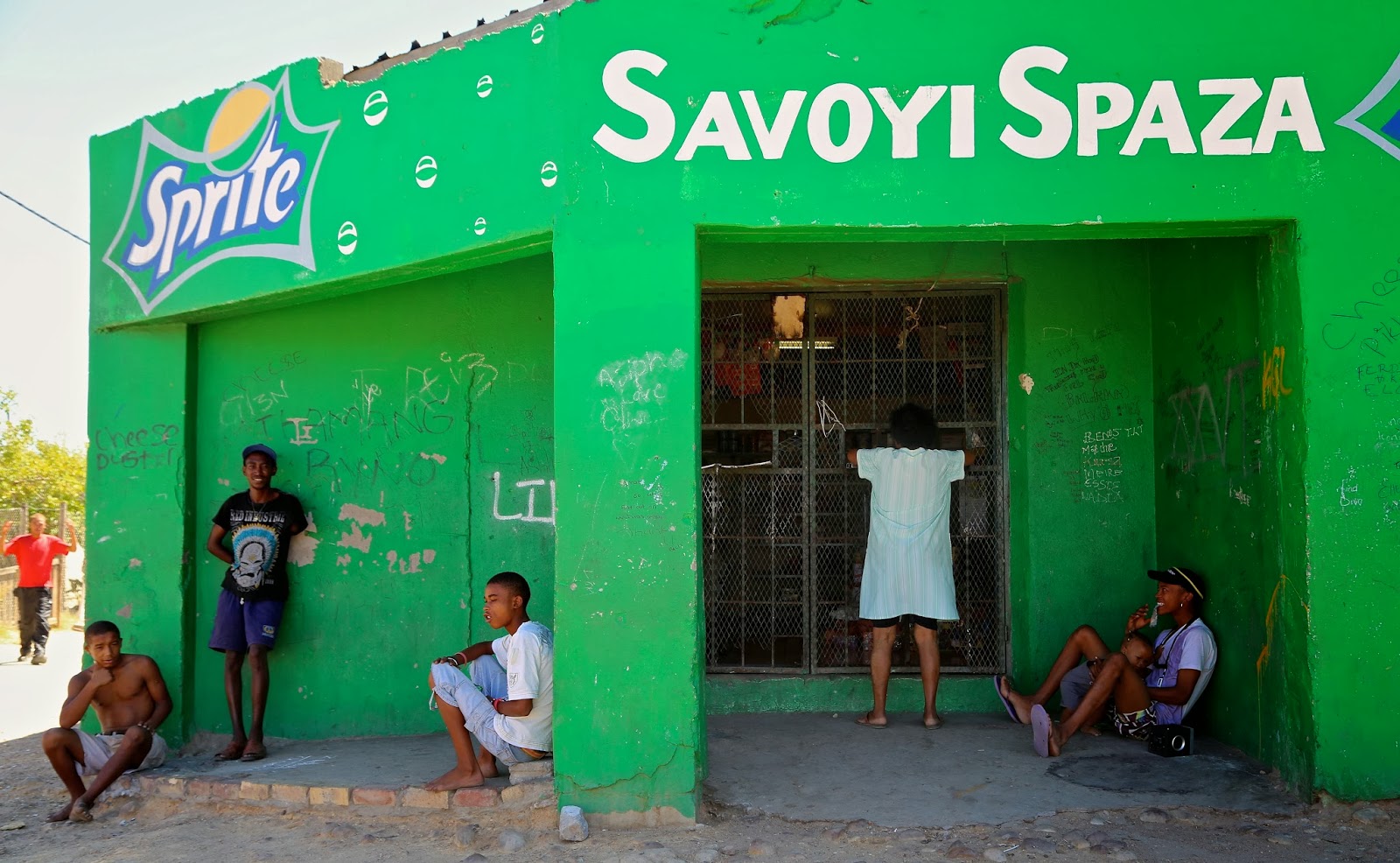 |
A township shop
|
 |
| Hail damage in the apples |
Economically: buying South African fruit is helpful for the South African economy. The only way that a post-apartheid South Africa is going to work is if there are jobs. (Approximately one job is created per hectare of fruit farm). If parts of Europe are suffering from poverty and unemployment, you can believe that life is a whole lot tougher for South Africans. It’s true that many of the farmers are white, and many of the workers are black. There are BEE projects (Black Economic Empowerment projects) which encourage and support black farmers. But it’s not that simple. Farming is risky, always has been. We met one white farmer who lost his entire crop to hail last month, the damage will affect his fruit trees for years to come. Many farmers are ruined when there is adverse weather or say, poor exchange rates. While the white farmers have been doing this for generations, black farmers are new to the perils and pressures of running a farm. It will take time for them to get up to speed. I heard examples of the difficulties involved with BEE schemes: one government farm was given to a black guy who was previously a foreman of a farm. His workers didn’t respect him. They thought of him as one of them, not as the boss. Another example: a BEE project was run by a black farmer, it made a loss every year, then three years ago a coloured farmer took over, and it now makes a profit. This must be heart breaking for the black farmers; you suffer and agitate for change for years, you finally achieve your dream, you get your own land, but it goes wrong and you are defeated, it’s just too hard. Gradually however, the training programmes, the experience gained, will kick into place. South Africa is basically 20 years old, it’s new, there is a long way to go. As the richer Northern hemisphere, we owe it to them to trade with the poorer Southern Hemisphere. Although trade is also increasing within Africa itself.

Politics of Colour: South Africa, sadly, is still all about colour, just as the UK is all about class. The ‘shadism’ that operates still in South Africa is something to behold. Within the ‘rainbow nation’, you have white, black, coloured (Cape Malay) and even ‘brown’ as some people refer to South Africans of Indian origin. The Cape Malay/coloured farmers I spoke to at the BEE project said that under the ANC government, coloureds are considered ‘too white’ to benefit from government help. Whereas, bizarrely, Chinese people have been reclassified as ‘black‘, no doubt to obtain Chinese favour (China is investing heavily in Africa). However things ARE improving: there are now more rich black people in South Africa than rich white people. This is what is going to save South Africa. But many are concerned about the popular anti-white rhetoric of Julius Malema, former leader of the junior ANC, who is described as a mini-me Mugabe. Now Nelson Mandela’s gone, the passing of an era, the future of this beautiful country is going to be interesting.
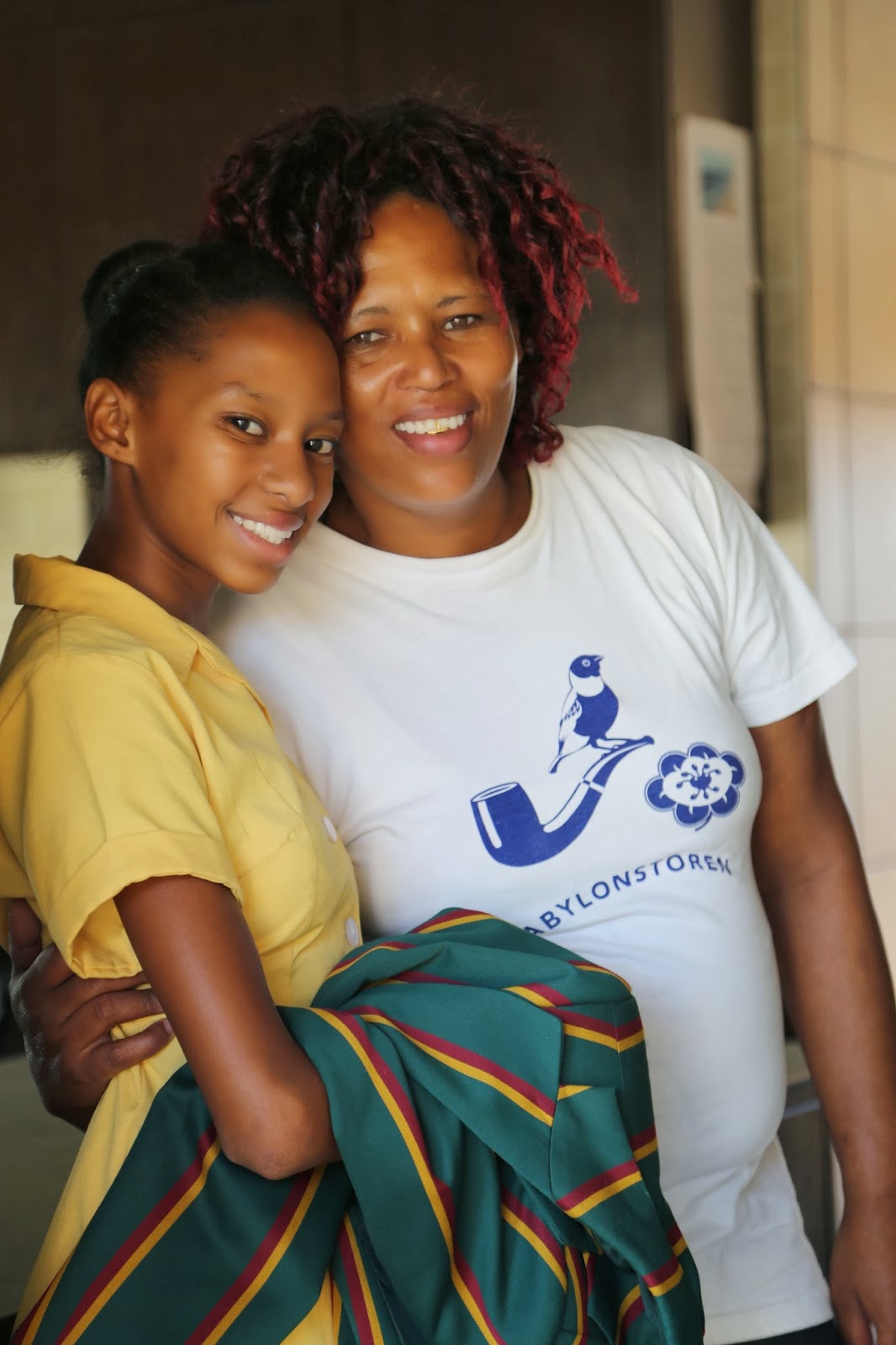 |
| Babylonstoren teacher with a pupil, they are always immaculate in their uniforms in Africa. |
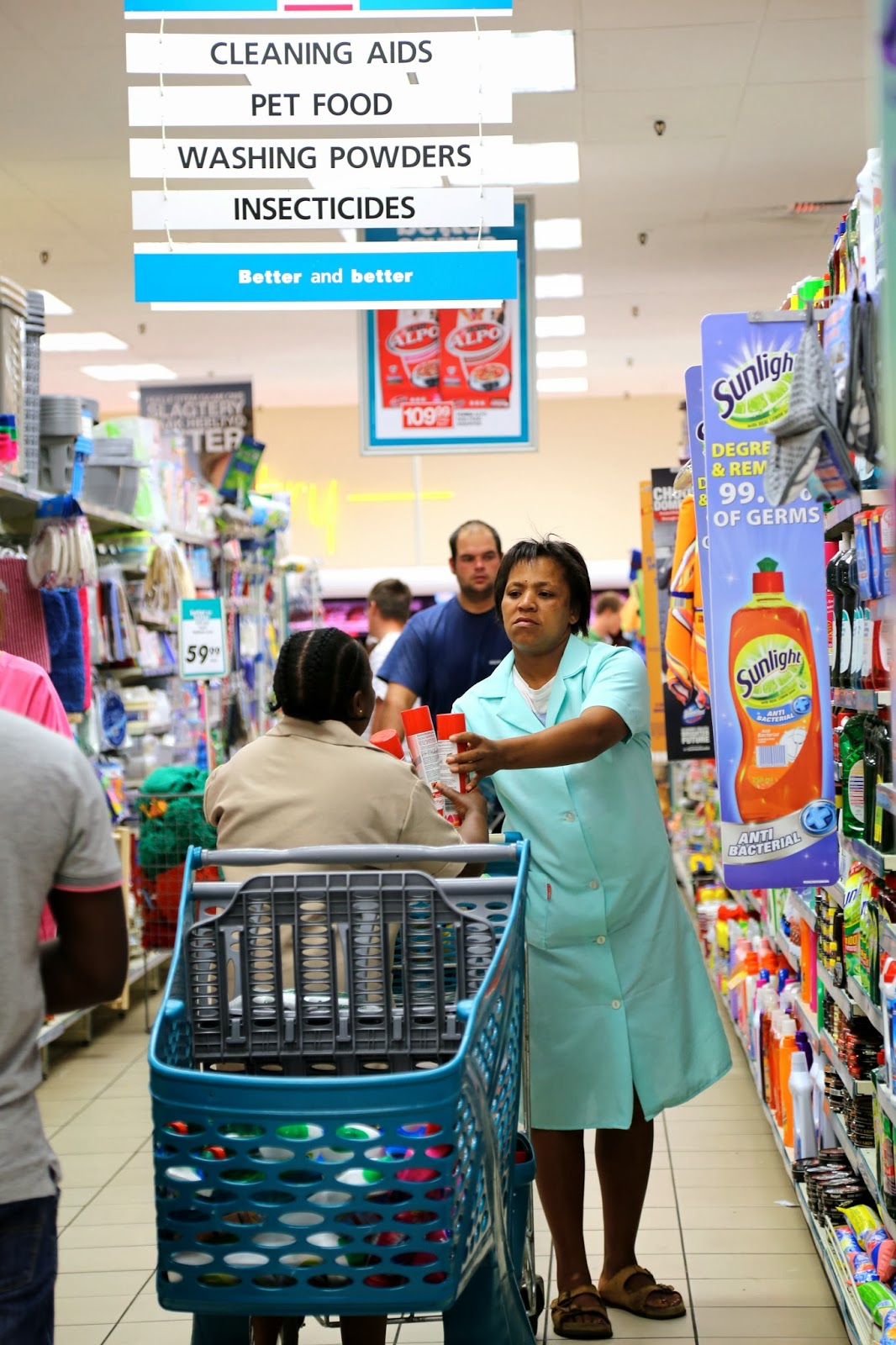 |
| Maids, shopping in a South African supermarket. |
 |
| Kids from one of the social programmes, a creche for children, sometimes with foetal alcohol syndrome or HIV. |
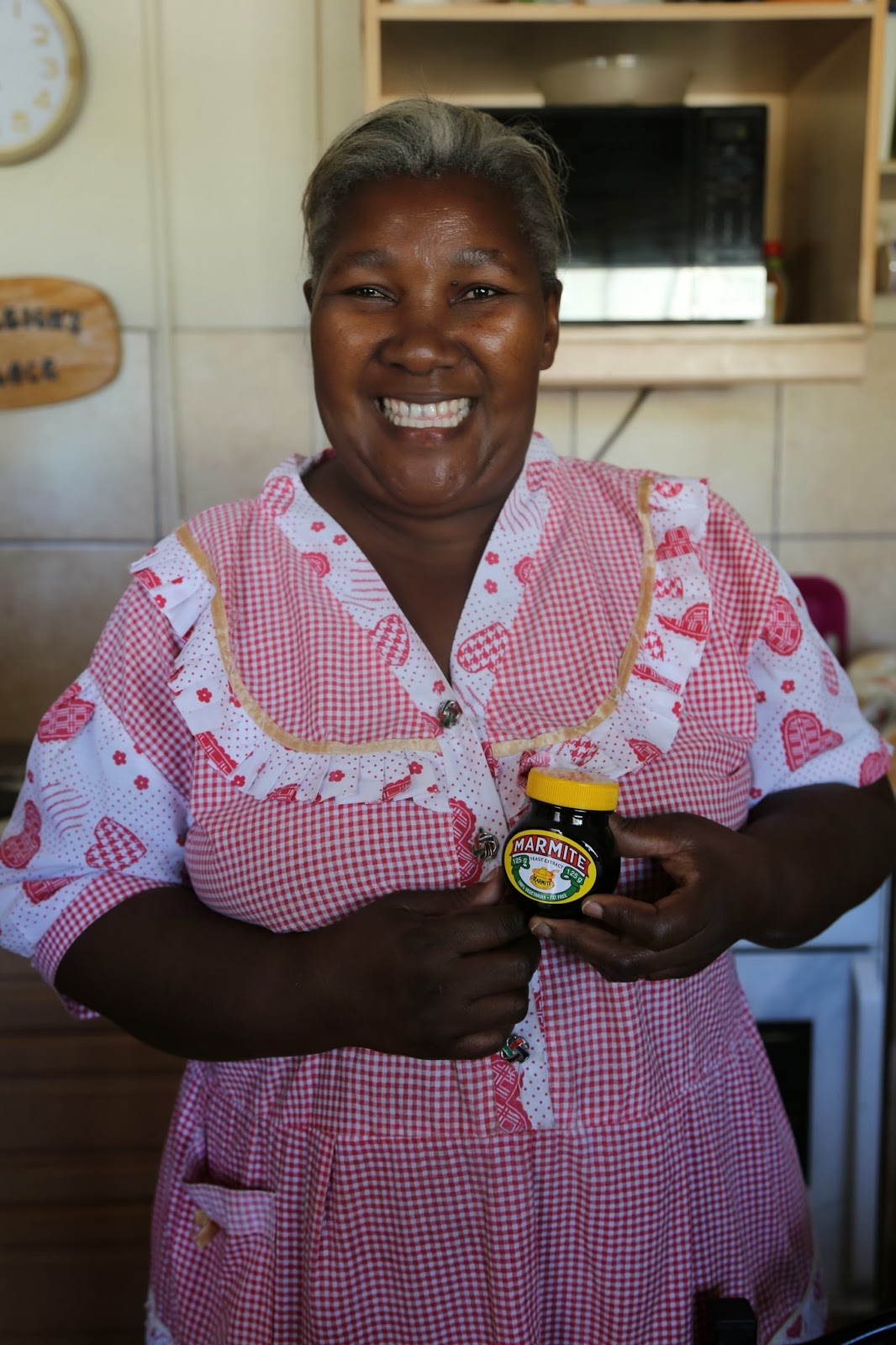 |
| Primrose, a house mother for children who are left as orphans, often because their parents have died of Aids. She’s just had a food delivery from NorSA, in which there is also Marmite! |
Social programmes: South African fruit farmers make sure their permanent workers are paid above the minimum wage and organise several projects to deal with health issues and education. We visited some of the homes of the permanent workers at the Cape Dutch Babylonstoren farm (which has a fantastic restaurant, garden and a stunning cookbook). Once they retire, they are allowed to stay in their homes for the duration of their lives. We also visited NorSA, located within a township, which is a combined Norwegian/South African social programme for orphans. NorSA place six children to a house, looked after by a ‘house mother’ such as Primrose above. This creates family style bonds with a ‘mother’ and siblings. NorSA also have a clinic. A third of black South Africans have HIV. This clinic gives out condoms (male and female, but sometimes they use the band around the female condoms as bracelets!) and perform HIV tests (nowadays the results are within 15 minutes). The creche and after school project educates the children from a very young age, which gives the best chance of turning their lives around. They have just had their first university graduate, something that would have been impossible with the help of NorSA. HortGro helps to finance this project.
If you would like to donate to the NorSA project, helping educate people within townships, provide HIV testing and healthcare, house HIV orphans with house mothers, please donate here.
 |
| The NorSA clinic, which can now offer HIV tests that only take 15 minutes to get a result, plus contraception. |
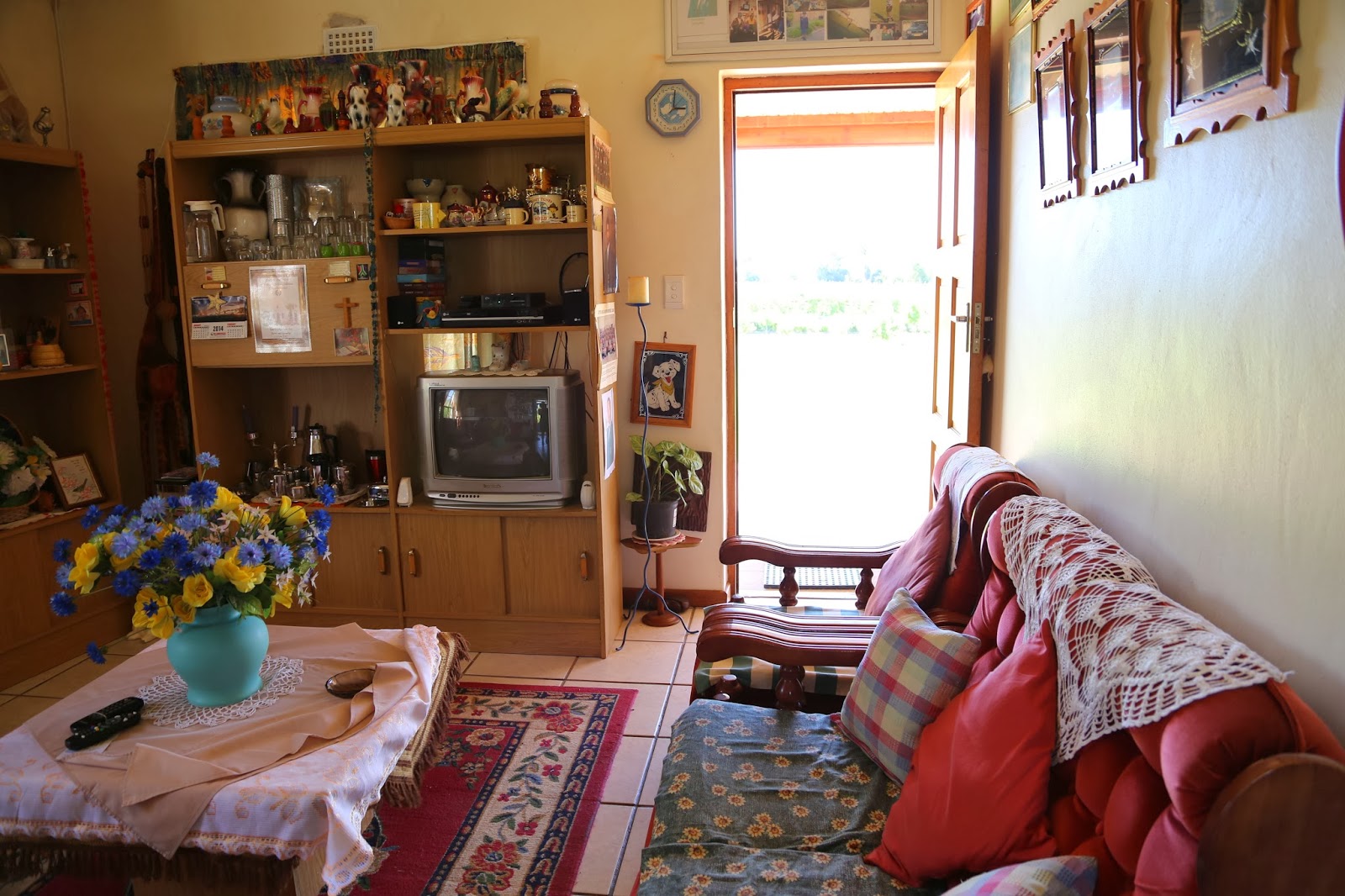 |
| The colourful and well kept interior of a retired worker’s house, Babylonstoren farm. |
“Who decides to go forward with this apple?” I asked the scientist.
“The farmers do, it’s up to them, it’s totally subjective” he replied.
“What about chefs? Do chefs have any influence on what you grow?”
“No, none at all. It’s the farmers’ risk after all”. So far no farmers have chosen to grow the ‘zonga’.
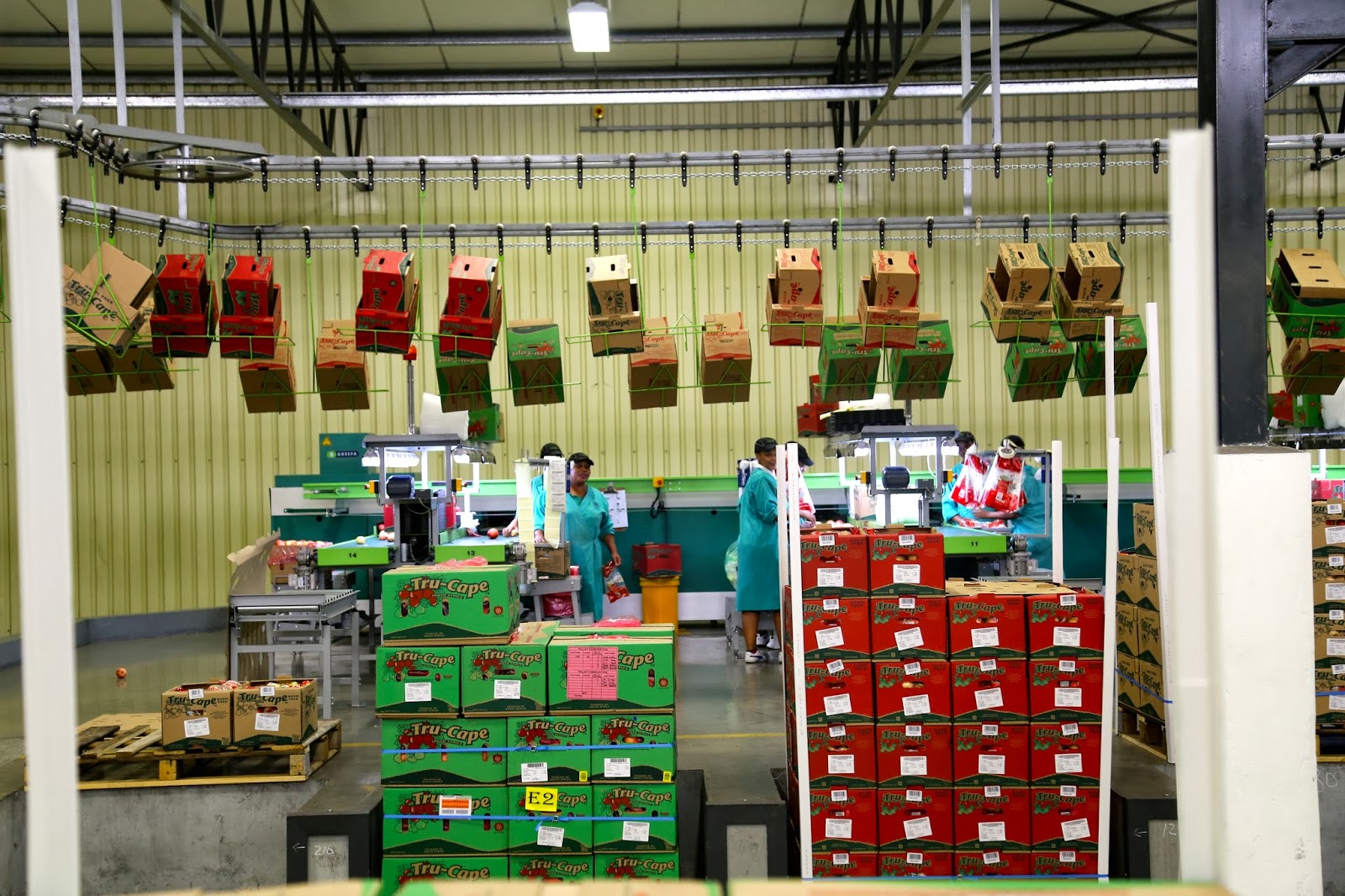 |
| The packing house has a kind of beauty, the aesthetics of repetition. |
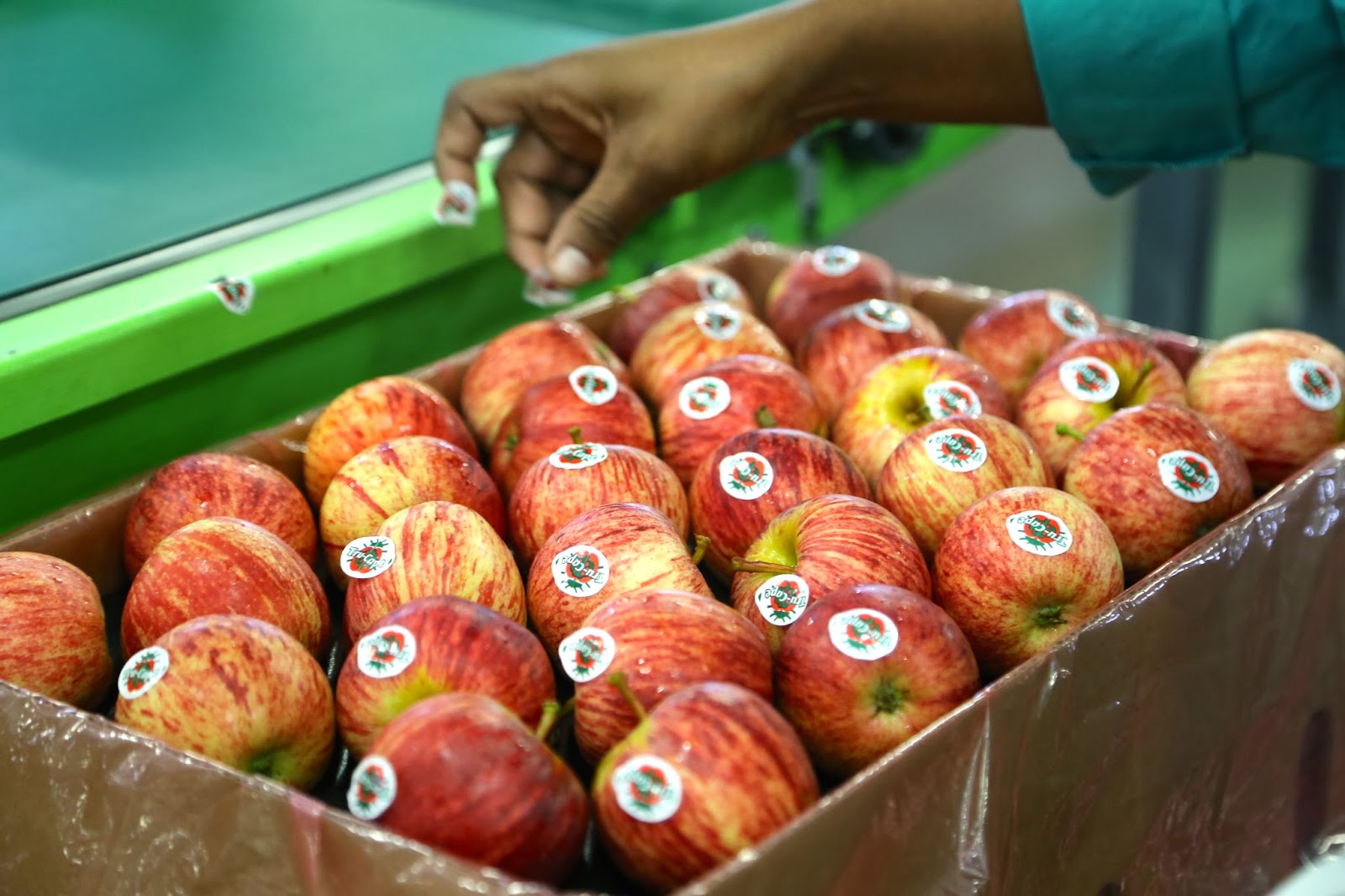 |
| Ever wondered who puts all the individual stickers on the fruit? Yes it’s all done by hand at the packing houses. |
Marketing: despite the ‘5 a day’ marketing campaign, the British are eating less fresh produce every year. Partly this is down to price. Poorer families regard fruit, particularly soft perishable fruit which spoils easily, as a luxury item. If you are broke, you would rather buy tinned.
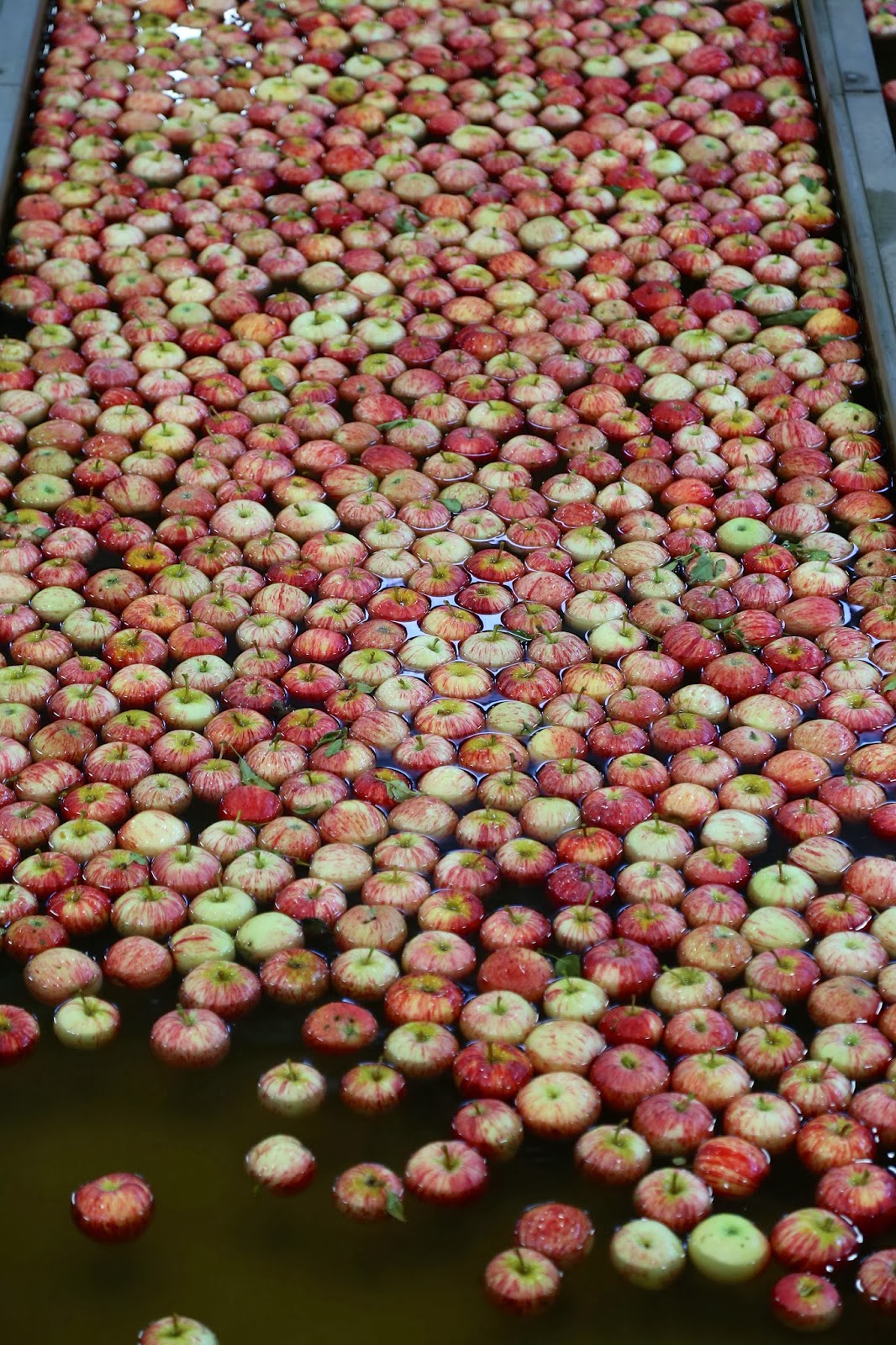 |
| Apples, floating down the packing stream. |





Wow. Really interesting. Thank you.
Thank you! Maybe I should entitle this post, this is more interesting than it looks?
No mention of the white farmers being tortured, slaughtered by black workers ? That’s also an interesting issue rarely mentioned in the mainstream media.